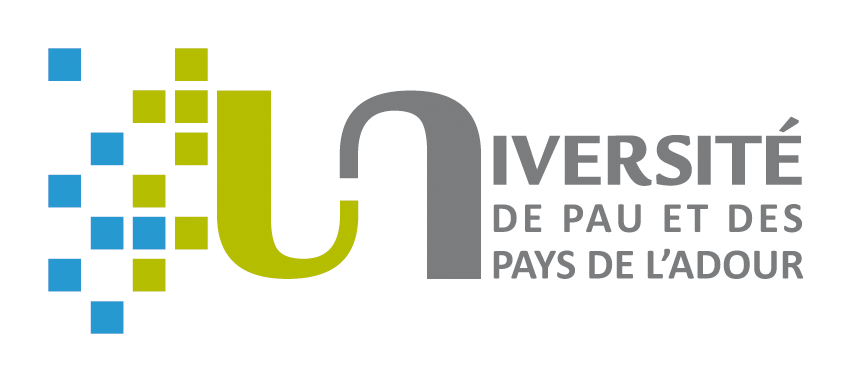Impact of steel slag, gypsum, and coal gangue on microbial immobilization of metal(loid)s in non-ferrous mine waste dumps
Résumé
Non-ferrous mine waste dumps globally generate soil pollution characterized by low pH and high metal(loid)s content. In this study, the steel slag (SS), gypsum (G), and coal gangue (CG) combined with functional bacteria consortium (FB23) were used for immobilizing metal(loid)s in the soil. The result shown that FB23 can effectively decrease As, Pb, and Zn concentrations within 10 d in an aqueous medium experiment. In a 310-day field column experiment, solid waste including SS, G, and CG combined with FB23 decreased As, Cd, Cu, and Pb concentrations in the aqueous phase. Optimized treatment was obtained by combining FB23 with 1% SS, 1% G, and 1.5% CG. Furthermore, the application of solid waste (SS, G, and CG) increased the top 20 functional bacterial consortium (FB23) abundance at the genus level from 1% to 21% over 50 days in the soil waste dump. Moreover, dissolved organic carbon (DOC) and pH were identified as the main factors influencing the reduction in bioavailable As, Cd, Cu, and Pb in the combination remediation. Additionally, the reduction of Fe and sulfur S was crucial for decreasing the mobilization of the metal(loid)s. This study provides valuable insights into the remediation of metal contamination on a larger scale.
